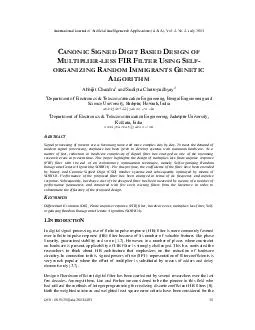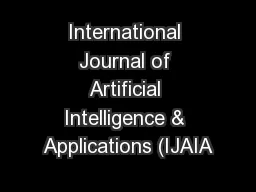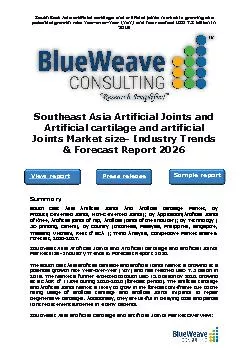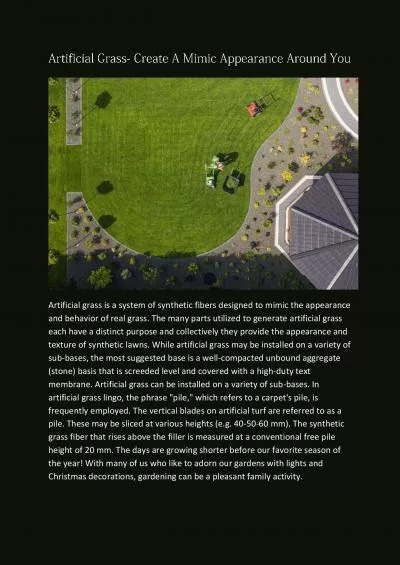PDF-International Journal of Artificial Intelligence Appl
Author : conchita-marotz | Published Date : 2015-05-11
4 No 4 July 2013 DOI 105121ijaia20134403 21 Abhijit Chandra and Sudipta Chattopadhyay 2 Department of Electronics Telecommunication Engin eering Bengal Engineering
Presentation Embed Code
Download Presentation
Download Presentation The PPT/PDF document "International Journal of Artificial Inte..." is the property of its rightful owner. Permission is granted to download and print the materials on this website for personal, non-commercial use only, and to display it on your personal computer provided you do not modify the materials and that you retain all copyright notices contained in the materials. By downloading content from our website, you accept the terms of this agreement.
International Journal of Artificial Intelligence Appl: Transcript
Download Rules Of Document
"International Journal of Artificial Intelligence Appl"The content belongs to its owner. You may download and print it for personal use, without modification, and keep all copyright notices. By downloading, you agree to these terms.
Related Documents














